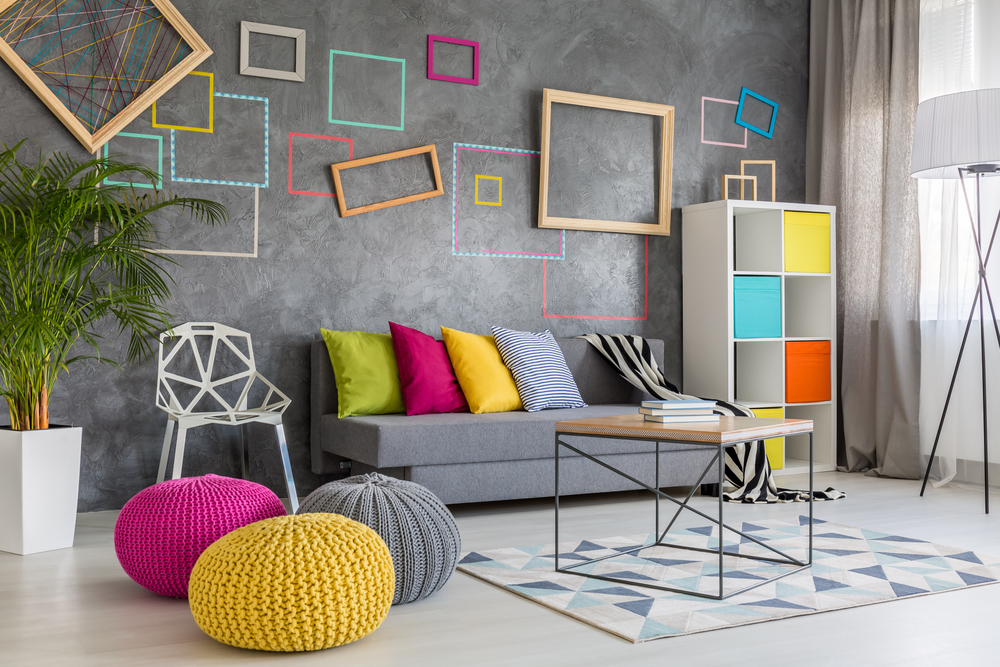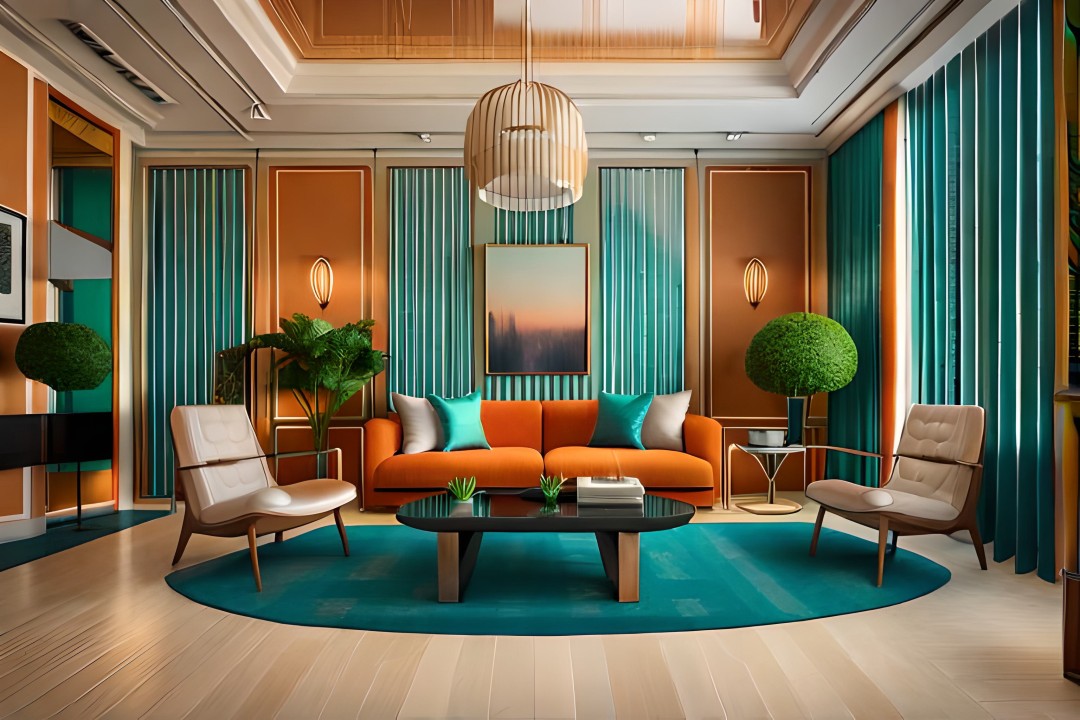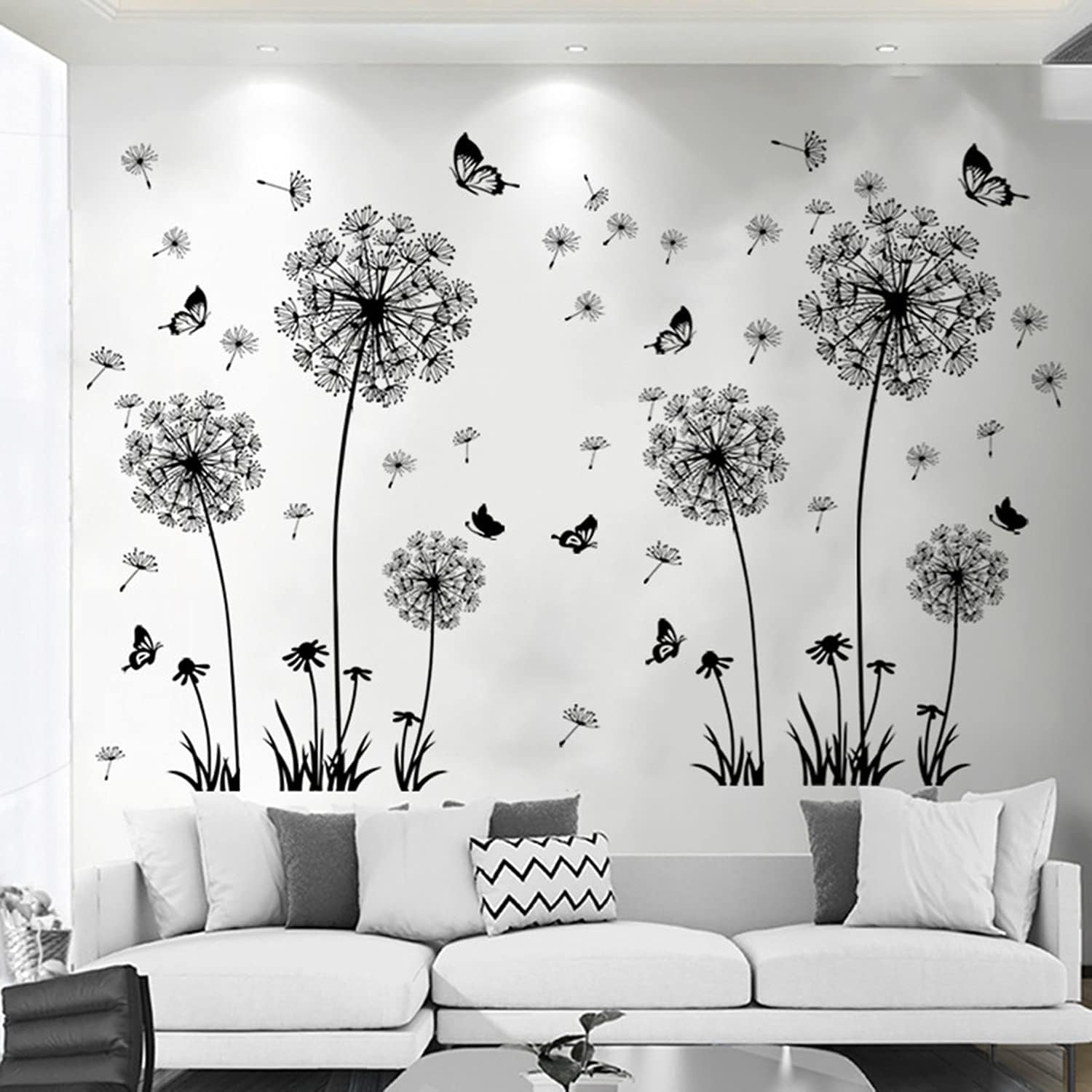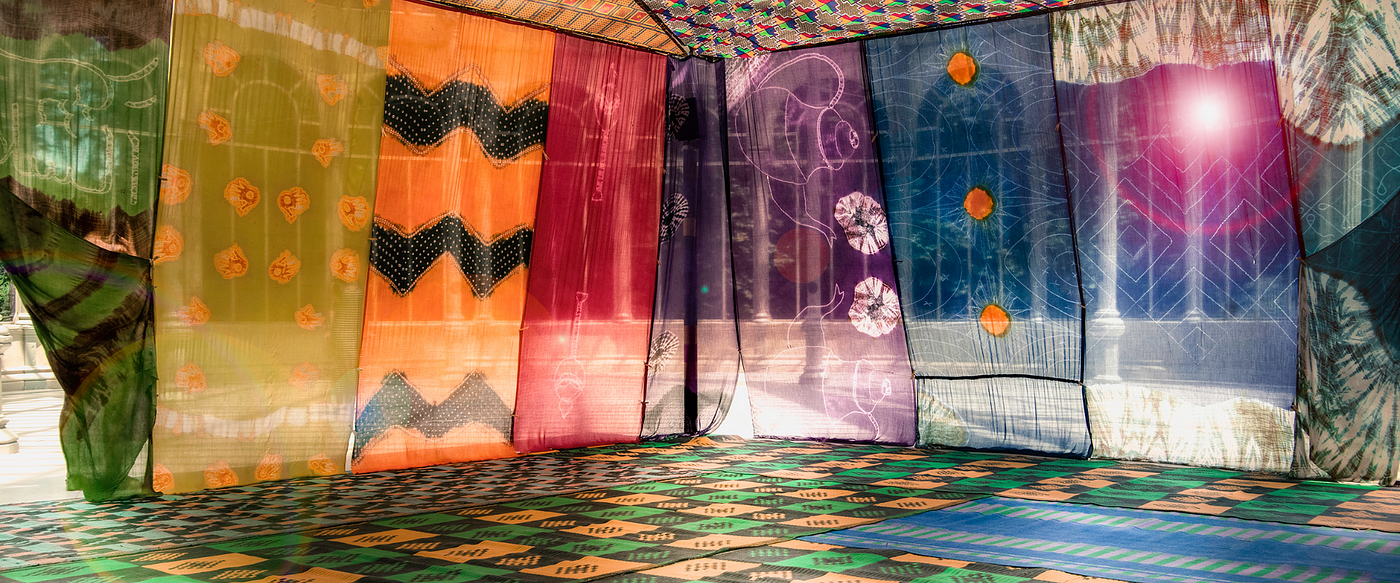Transform Your Space with DIY Wall Murals

Do you want to make your living space more special and unique? Making a mural yourself is the best option. With these works of art you can express your personality and style and not only make your home look better. Creating your own mural can be fun and satisfying, no matter how experienced you are as an artist, or how new you are and want to explore your creativity. We show you everything you need to know to change the look of your room with a homemade mural.
How to choose the right wall for your mural
Before you start painting, it is important to choose the right wall for your mural. Consider factors such as the size of the wall, its location in the home and how much natural light you get. Also prepare your walls for painting by cleaning them thoroughly and repairing any holes or cracks to smooth the surface.
get what they need
To bring your mural to life, you’ll need a few key things. Some of these include different shades of paint, painter’s tape, different sized brushes, and rags to keep floors and furniture clean. Depending on the design, you may also need extras such as stencils or a projector for alignment.
Prepare design
Before you start painting, take the time to plan your mural design. Sketching your ideas allows you to see the final product, whether they come from nature, pop culture, or your own ideas. You can also get ideas online or use digital tools to try out different layouts and designs.
Set up workspace
Creating a DIY mural requires a clean and organized work space. Clear the area of clutter and ensure adequate air circulation before painting. Put down a cloth to protect the floor and make sure all tools are within reach. By following these steps you can speed up the painting process and keep it clean.
Put on base layer
Once you’ve set up your work area, it’s time to add base coats to the walls. Priming your surface is the first step in ensuring that your paint adheres better and lasts longer. Choose a base color that matches your design and use a roller or brush to apply it evenly over the entire wall. Your mural is built on this base layer.
mobile design
Now that the base coat is in place, you can apply your design to the wall. You can do this in several ways, such as drawing the image by hand, using a grid, or projecting it onto the wall. Choose the method that suits you best and make sure you have a clear plan for drawing the image.
drawing skills
Now comes the fun part: painting your wall art! Experiment with different painting methods, such as blending, shading, and layering, to add depth and dimension to your designs. You can use a brush, sponge, or even your fingers to add texture, so don’t be shy. Don’t rush and enjoy the process of bringing your mural to life.
Add accents and details
Don’t forget to add details and accents to your painting as you go to make your mural look better. These small details can have a big impact on the entire composition, whether they are intricate patterns, soft accents or strong lines. You can use precise stencils or let your inner artist shine with a free-form approach.
give it time to dry
When creating your own mural, you need to be patient. Make sure the final coat of paint is completely dry before adding more layers or details. Not allowing yourself to dry slowly can lead to stains or an uneven texture, so don’t rush it. Now is the time to take a step back and look at how far you’ve come. Each level brings you closer to your ultimate goal.
Final touches and clean up
Once your mural is complete, take the time to add any final touches or touches you feel are necessary. Take a step back and look at the composition as a whole. If changes need to be made to ensure visual balance and harmony, do so. Once you are satisfied with the results, clean your brushes and tools carefully to extend their life and maintain their quality for future projects.
View your completed mural
Once you’ve finished painting and have your tools safely stored, it’s time to step back and examine your mural. Take a moment to appreciate the effort and creativity that goes into bringing your idea to life. Whether you create a mural for yourself or share it with others,
Let your mind wander and come up with ideas for your next project. It doesn’t matter whether you want a themed mural for the nursery, a statement piece for your living room or a fun landscape for your backyard. You can draw ideas from the environment, try new approaches and not be afraid to push the boundaries of your creativity.
In summary
All in all, making your own wall murals is a fun and creative way to change the look of a room and show off your own style. If you follow the steps in this guide, you can create a beautiful mural that will enhance any room in your home. Grab your art supplies, use your imagination and prepare for the adventure of a lifetime.
FAQ stands for ‘Frequently Asked Questions’.
How difficult is it to create your own mural?
The difficulty of creating a mural yourself depends on the complexity of the design and how much experience you have with painting. But with careful planning and time, even those just starting out can achieve great results.
Do I have to be an artist to create my own mural?
You don’t have to be a professional artist to create a mural yourself, but it helps if you are. Even if you’re not very good at art, many techniques such as stenciling and tracing can help you create something beautiful.
If I change my mind, can I remove the mural I created?
Yes, most DIY wall murals are easy to remove, especially if you use paint or stickers that peel off easily. To remove it, simply follow the instructions on the package. Your walls will then be ready for a new coat of paint in no time.
How long does it take to create a mural yourself?
How long it takes to paint a mural yourself depends on factors such as the size and complexity of the design, the speed of painting and how long each layer takes to dry. Normally it takes a few days to a week for a mural to be completed from start to finish.
Where can I get ideas for a mural that I can make myself?
Nature, art books, online galleries, and home decor magazines are just some of the places you can get DIY wall art ideas. Write down the colors, patterns and themes that are relevant to you and then use them as inspiration for your own work.



